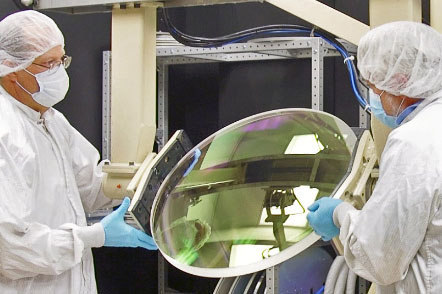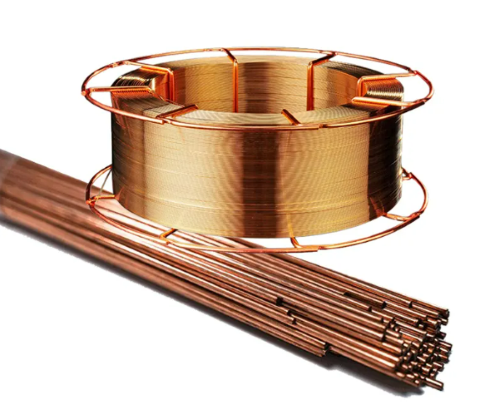Cerium(IV) Ammonium Nitrate: A Commonly Used Oxidant
Cerium(IV) Ammonium Nitrate (CAN) is a commonly used oxidant. The molecular formula of Cerium(IV) Ammonium Nitrate is Ce(NH4)2(NO3)6. It is an orange-red crystal, soluble in water and ethanol, almost insoluble in concentrated nitric acid, and deliquescent in the air. It is often used as an oxidant for circuit corrosion and the production of other cerium-containing compounds.
%20Ammonium%20Nitrate.jpg)
Cerium(IV) Ammonium Nitrate
Cerium(IV) Ammonium Nitrate is a strong oxidant, which is more oxidizing under acidic conditions, second only to F2, XeO3, Ag2+, O3, HN3. In aqueous solutions and other protic solvents, Cerium(IV) Ammonium Nitrate is a one-electron oxidant. The consumption of Cerium(IV) Ammonium Nitrate can be judged from the color change (from orange to light yellow).
Due to the limitation of solubility in organic solvents, the reactions involved in Cerium(IV) Ammonium Nitrate are mostly carried out in mixed solvents such as water/acetonitrile. In the presence of other oxidants such as sodium bromate, tert-butyl hydroperoxide, and oxygen, Ce4+ can be recycled to achieve a catalytic reaction. In addition, Cerium(IV) Ammonium Nitrate is also an effective nitration reagent.
CAN has oxidizing activity on oxygen-containing compounds such as alcohols, phenols, and ethers, among which it has specific oxidizing properties on secondary alcohols. For example, it oxidizes benzyl alcohol to the corresponding aldehydes and ketones (Equation 1). Even p-nitrobenzyl alcohol can be oxidized to p-nitrobenzyl ketone by the CAN/O2 catalytic oxidation system. In addition, for special secondary alcohols such as 4-enol or 5-enol, cyclic ether compounds (Equation 2) can also be obtained under the action of CAN.

Catechol, hydroquinone, and their methyl ether compounds can be oxidized to quinone under the action of CAN, such as the conversion of catechol to o-benzoquinone (Equation 3), the rapid conversion of hydroquinone to p-benzoquinone (Equation 4) under the action of CAN, and ultrasound, and the conversion of aryl ethers to p-benzoquinone.

Its oxidation reaction of epoxy compounds can also produce dicarbonyl compounds (Equation 5). In addition, CAN also has oxidative activity on carbonyl compounds with specific structures, such as the oxidation of polycyclic cage ketones to lactones (Equation 6).

As a single-electron oxidant, CAN can also realize intermolecular or intramolecular carbon-carbon bond formation reactions. For example, the oxidative addition reaction of the 1,3-dicarbonyl compound and styrene system under the action of CAN (Equation 7), or the dimerization reaction of aniline itself (Equation 8).

In addition to oxidation reactions, CAN is also an effective nitration reagent, especially for the nitration of aromatic ring systems. For example, in acetonitrile, CAN reacts with anisole to obtain ortho-nitration products (Equation 9). However, due to the strong oxidizing properties of CAN, the aromatic ring system often undergoes polynitration reactions, and even produces polymers that are difficult to separate. Studies have found that the adsorption of CAN on silica gel can reduce its oxidative properties, thereby reducing the formation of polynitro products. For example, in acetonitrile, using silica gel as a carrier to nitrate carbazole and 9-alkylcarbazole with CAN, the yield can be increased to 70%~80% (Equation 10).

Conclusion
Thank you for reading our article and we hope it can help you to have a better understanding of Cerium(IV) Ammonium Nitrate, the commonly used oxidant. If you want to know more about Cerium(IV) Ammonium Nitrate and other powders, we would like to advise you to visit Stanford Advanced Materials (SAM) for more information.
As a worldwide supplier of Cerium(IV) Ammonium Nitrate products, Stanford Advanced Materials (SAM) has over two decades of experience in the manufacture and sale of Cerium(IV) Ammonium Nitrate, offering high-quality Cerium(IV) Ammonium Nitrate to meet customers' R&D and production needs. As such, we are confident that SAM will be your favorite Cerium(IV) Ammonium Nitrate supplier and business partner.



